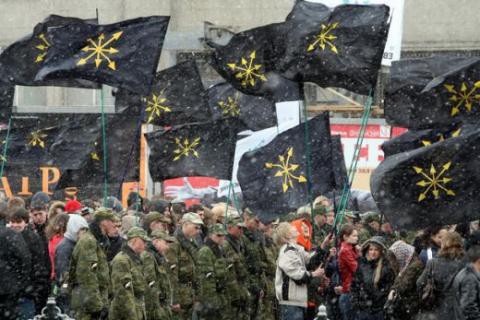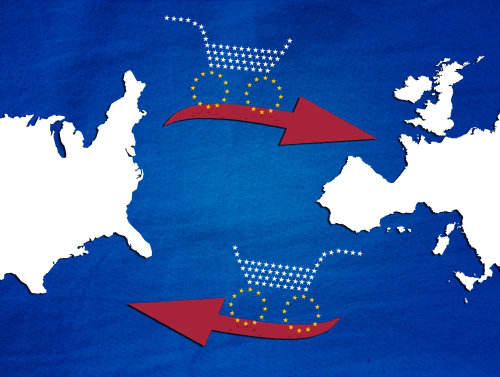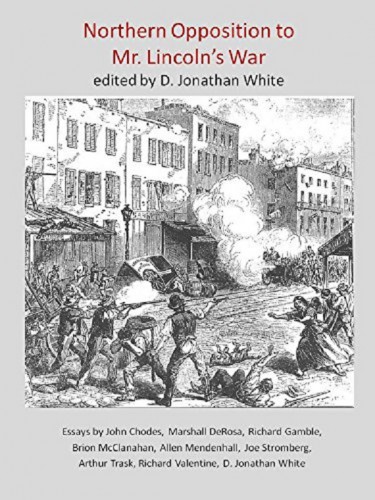A partir de lundi 29 septembre, des centaines d’experts de la Commission européenne et de l’administration américaine devraient s’enfermer pour une semaine entière dans des bureaux près de Washington, afin de plancher sur le traité de libre-échange entre les Etats-Unis et l’Europe, le désormais fameux TTIP. Pour ce septième « round » d’une négociation qui a démarré à l’été 2013 et qui est de plus en plus contestée et sérieusement menacée d’enlisement.
Quels sont les enjeux ?
Le TTIP a l’ambition d’annuler les barrières douanières à l’exportation entre les Etats-Unis et l’Union européenne, mais aussi de faire sauter tous les freins non tarifaires pour les services et l’industrie, c’est-à-dire de faire s’entendre les deux parties sur un alignement de leurs réglementations dans l’alimentation, l’environnement, l’agriculture, etc. Bruxelles assure que l’économie européenne pourrait en tirer près d’un demi-point de croissance de son produit intérieur brut (PIB) en plus par an.
Mais la société civile européenne, notamment très mobilisée en Allemagne, s’inquiète d’un risque de nivellement par le bas des normes environnementales, sociales, etc., du Vieux Continent.
Aux Etats-Unis, ce traité commercial suscite aussi beaucoup de réserves : certains s’inquiètent par exemple d’une baisse des réglementations actuellement en cours à Wall Street, ou d’une trop grande ouverture des marchés publics américains.
Que faut-il attendre de la semaine qui s’ouvre ?
« Il ne va quasiment rien se passer pendant cette semaine de discussions aux Etats-Unis, assure toutefois une source bruxelloise. Les spécialistes vont se contenter – mais c’est un travail énorme ! – de comparer les procédures, pour tel et tel secteur de l’industrie et des services. On n’ira pas au-delà, les discussions sont gelées. »
Côté américain, le traité n’est plus vraiment à l’agenda d’un gouvernement concentré sur l’enjeu des élections de mi-mandat, en novembre.
En Europe, la Commission, qui a reçu un mandat des Etats membres pour négocier, est sur le point d’être renouvelée, avec l’arrivée, prévue début novembre, d’une équipe emmenée par le Luxembourgeois Jean-Claude Juncker.
Le commissaire chargé du dossier « TTIP », le Belge Karel de Gucht, s’apprête à céder son fauteuil (d’ici à novembre), à la Suédoise Cécilia Malmström. « Pas question, tant que cette dernière n’est pas en poste, de prendre des décisions engageantes pour les mois qui viennent », décrypte une source européenne.
Mme Malmström a pour l’instant fait preuve de beaucoup de prudence sur le dossier. Elle doit être auditionnée par le Parlement européen, lundi 29 septembre.
Quels sont les points de blocage ?
Mme Malmström, si elle est confirmée à son poste à l’issue de cet examen devant les eurodéputés, et si elle souhaite relancer la « machine » à négocier côté européen, devra rassurer, à court terme, les Etats membres et les eurodéputés sur au moins deux points.
Il y a d’abord l’abcès de crispation autour du mandat de négociation du TTIP, aujourd’hui secret. En clair : quels biens et services sont vraiment concernés par l’accord ? Les « anti-TTIP » du Vieux Continent réclament depuis des mois qu’il soit publié. La Commission européenne a fini par demander aux Etats membres d’accepter – c’est en effet à eux de prendre la décision. Et ce d’autant plus qu’un tas de versions du mandat ont déjà fuité sur Internet.
« Mais certains, comme les Britanniques, sont très réticents. Ils ont peur de créer un précédent, pour d’autres négociations. Et les Américains ne veulent pas en entendre parler », précise une source européenne.
Le Français Matthias Fekl, tout nouveau secrétaire d’Etat au commerce extérieur français, s’est récemment prononcé pour, comme les Italiens quelques semaines plus tôt. « J’espère qu’on aura un accord entre les 28 Etats membres en octobre », avance une source bruxelloise.
Le dispositif des tribunaux d’arbitrage, réclamé par les Américains dans le traité, est aussi l’autre très gros point bloquant en Europe. Il s’agit d’instances indépendantes vers lesquelles les entreprises pourraient se retourner si elles estiment qu’un pays menace leurs investissements. Pour leurs détracteurs, ces tribunaux d’arbitrage donnent le pouvoir aux multinationales au détriment des Etats.
Pour tenter de calmer les esprits, la Commission a lancé une consultation publique au printemps à laquelle auraient répondu plus de 150 000 personnes, un record. Mais elle n’a toujours pas fait de compte rendu. Les eurodéputés l’espèrent pour le mois de novembre.




 ernstzunehmendes Gegengewicht entgegenzustellen, nicht zuletzt in der unübersehbaren Hoffnung, den Fokus der fortwährenden Debatte um Jünger auf einen bislang stiefmütterlich behandelten Schaffensabschnitt des Autors zu lenken.
ernstzunehmendes Gegengewicht entgegenzustellen, nicht zuletzt in der unübersehbaren Hoffnung, den Fokus der fortwährenden Debatte um Jünger auf einen bislang stiefmütterlich behandelten Schaffensabschnitt des Autors zu lenken.
 del.icio.us
del.icio.us
 Digg
Digg


